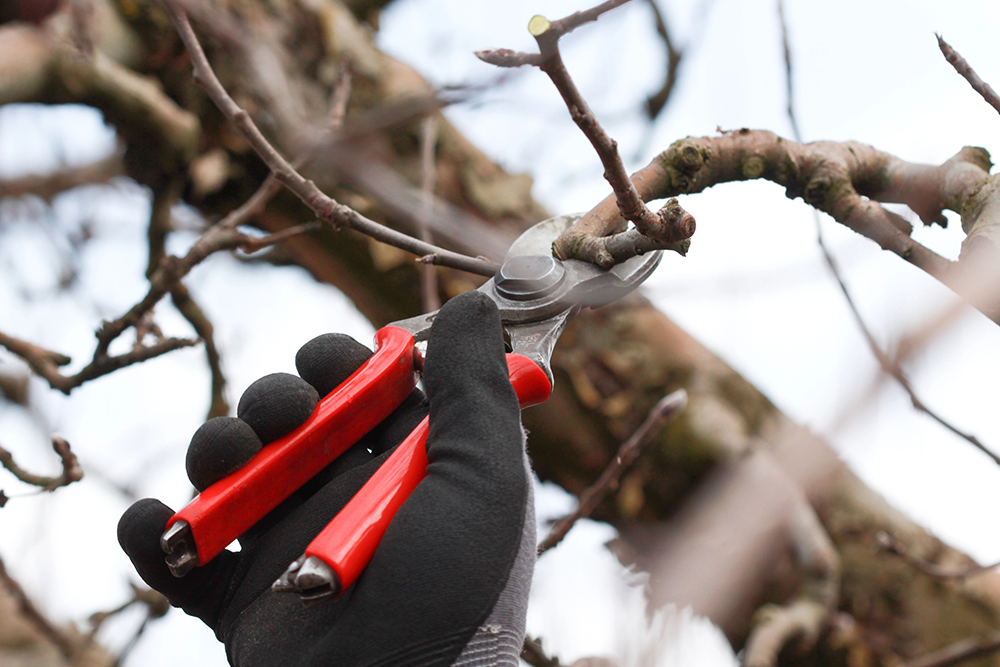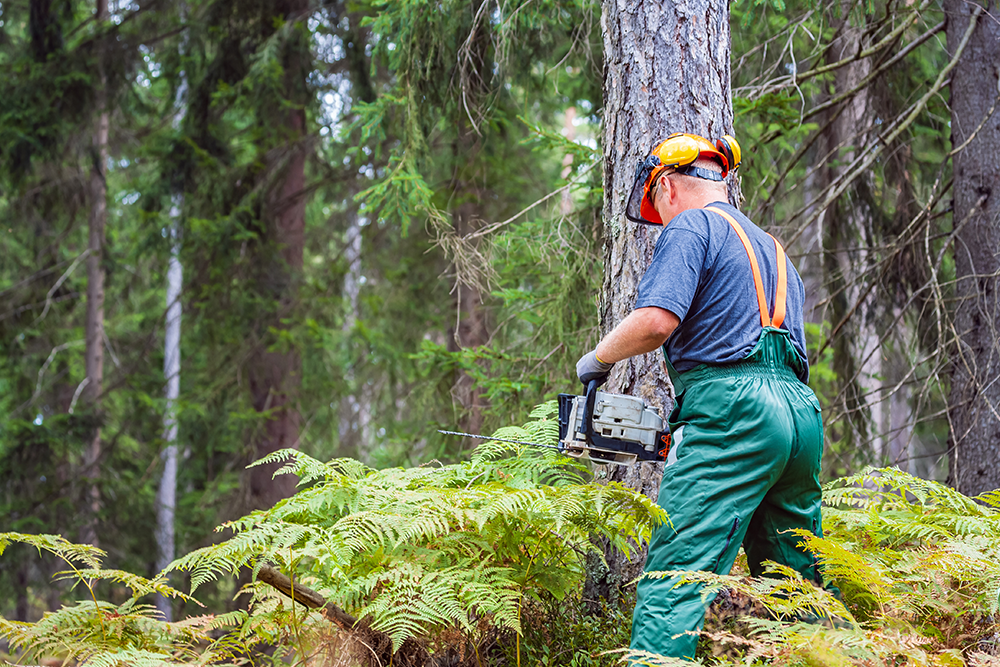Tree Pruning Vs. Trimming What's The Difference

Trees bring beauty, shade, and balance to any property. Keeping them active and structurally sound requires regular care. However, many homeowners misunderstand the two most important maintenance practices: tree pruning vs. trimming.
While both involve cutting branches, their purposes, techniques, and benefits are distinct. Knowing these differences can mean distinguishing between a healthy tree and one struggling to survive. This guide looks into tree pruning vs. trimming to help you determine what’s best for your landscape.
Tree Pruning Vs. Trimming: Understanding the Basics
Tree pruning and trimming are not interchangeable terms. Each serves a purpose, and understanding their roles is key for proper tree care. Pruning focuses on the health and growth of the tree by removing dead, diseased, or weak branches.
On the other hand, trimming refines the tree’s appearance by shaping and controlling its size. These tasks improve your yard’s aesthetics and contribute to your trees’ long-term health and safety.
The Importance of Tree Pruning
Tree pruning removes dead or damaged branches to prevent spreading diseases and pests. Diseased limbs often serve as entry points for pathogens and insects that can quickly compromise the entire tree. Pruning eliminates these threats, giving your tree a better chance to thrive.
Pruning also improves sunlight penetration and air circulation within the canopy. It encourages lower branches to grow stronger and more resilient. Pruning promotes a healthier structure by removing weak or overcrowded branches. This way, the tree can better withstand storms and other environmental challenges. Pruning can increase fruit production for fruit-bearing trees by directing the tree’s energy toward new, healthy growth.
Timing is key when it comes to pruning. Late winter or early spring is ideal for most deciduous trees because the tree is dormant. This period reduces stress and allows for faster recovery. Evergreen trees require less frequent pruning but may need attention to remove dead or damaged branches.
The Benefits of Tree Trimming
Tree trimming primarily focuses on aesthetics and maintaining a clean, well-manicured appearance. Trimming involves cutting back overgrown or unruly branches to maintain the tree’s size and shape. It’s especially important for trees and shrubs near buildings, pathways, or power lines. These are spaces where excessive growth can create safety hazards or obstruct views.
Trimming also enhances the overall density and fullness of a tree’s foliage. Regular trimming encourages healthy new growth, giving trees a lush appearance. However, it’s important to avoid over-trimming. Removing too much foliage at once can stress the tree, leaving it vulnerable to pests and diseases.
Young trees and fast-growing species benefit most from regular trimming. These trees can quickly become unbalanced as new growth outpaces the tree’s structural capacity. Strategic trimming helps guide their development and prevents structural issues down the road.
How Pruning and Trimming Differ
While pruning and trimming both involve cutting branches, their objectives differ significantly. Pruning is a more technical process aimed at maintaining or improving tree health. It addresses specific problems like diseased limbs, structural weaknesses, or overcrowding. However, trimming is more about appearance and ensuring the tree’s size fits its environment.
Frequency is another key difference. Pruning is typically performed every two to three years, depending on the tree’s species and condition. Trimming is often an annual task, especially for fast-growing or ornamental trees. The tools used also vary, with pruning requiring precision instruments like hand shears and saws. Meanwhile, trimming may involve larger equipment such as hedge shears or pole pruners.
Essential Tools for Effective Pruning and Trimming
Both pruning and trimming require specialized tools. Tools like hand shears, loppers, and pruning saws make clean cuts on small to medium-sized branches for pruning. Chainsaws may be necessary for removing larger limbs. Properly maintained tools present clean cuts and are less likely to cause damage or infection.
Trimming often involves hedge shears, pole pruners, and occasionally chainsaws for larger projects. These tools help efficiently shape the tree or shrub for a uniform appearance. Knowing when and how to use these tools is important to achieving the desired outcome without harming the plant.
Partnering with Professionals for Superior Tree Care
Maintaining trees is a long-term commitment that requires knowledge, precision, and experience. At Coleman Environmental Engineering, LLC, we offer a full range of tree maintenance services, from pruning to precise trimming. Our vegetation management solutions address every aspect of tree care so your landscape remains healthy and visually appealing.
Our team’s dedication to quality and safety is evident in every project. Explore our projects to see how we’ve transformed landscapes with thoughtful tree care. When it’s time to prioritize the health and appearance of your trees, contact us. We’re here to provide guidance and services that enhance the natural beauty of your property.

